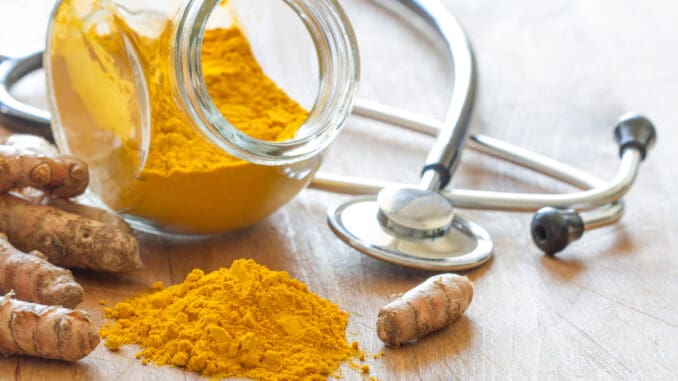
Mast cells lead to fibrosis of the blood vessels which hurts blood flow everywhere in a man’s body…
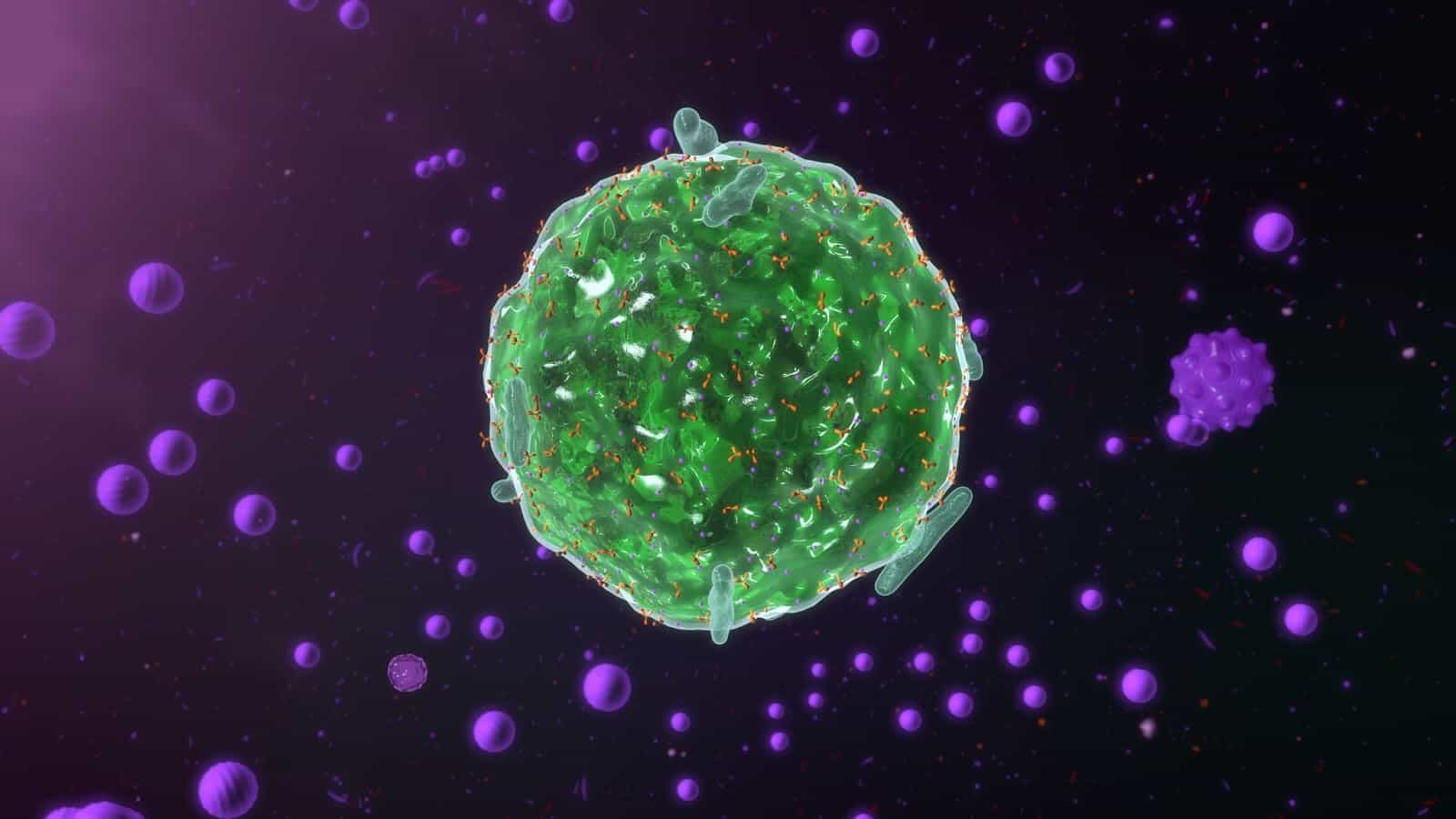
—-Important Message From Our Sponsor—-
Beware of this testosterone-lowering protein in the male body
The truth is, low T has less to do with the actual testosterone in your body…
…and more to do with maintaining normal levels of this specific “trapping” protein created in the liver…
Universities like Harvard and Johns Hopkins show too much of this protein may be the cause of declining testosterone…
So contrary to what Big Pharma says… you don’t need testosterone treatments…
Your body is likely producing enough testosterone already — plenty of T to enjoy all day energy and a crazy-high sex-drive that can keep up with the libido of a woman in her 20s…
But the problem is this “trapping” protein.
It’s trapping the testosterone you do have and not letting the body use it efficiently.
Which is why I’m sharing this simple 10-second routine that gets rid of this “trapping” protein, so you can maintain optimal T levels for the rest of your life.
———-
Killing mast cells before they lead to penile fibrosis
Mast cells are some of the most fascinating (and mysterious) aspects of animal physiology.
They are very specific cells which are commonly found in human tissues experiencing chronic inflammation, infection, or injury.
They contain “granules,” particles with secrete specific substances upon degranulation.
These substances include histamine, serotonin, prostaglandins, which are thought to be part of a general immune response:
“Biological functions of mast cells appear to include a role in innate immunity, involvement in host defense mechanisms against parasitic infestations, immunomodulation of the immune system, and tissue repair and angiogenesis.” – Metcalfe et al. (1997)
According to Ray Peat, PhD, they are probably agents of renewal and repair:
“I’m inclined to think of them as potential agents of tissue renewal or regeneration. I think their activation by estrogen, and quieting by progesterone, suggests that they are probably activators and guides for stem cell formation and differentiation, depending on the availability of support. Their presence in cancers has always seemed to me to indicate that both allergies and cancer are mainly systemic energy problems.”
Mast cells are commonly known to be involved in allergies, and in particular are responsible for the histamine release.
Turmeric, the very popular indian spice, has potent effects which appear to modulate the histamine release of mast cells, via its active compound, curcumin:
“The active component of turmeric is curcumin, a polyphenolic phytochemical, with anti-inflammatory, antiamyloid, antiseptic, antitumor, and antioxidative properties. Curcumin was reported to have antiallergic properties with inhibitory effect on histamine release from mast cells.” – Kurup & Barrios (2008)
Kurup & Barrios (2008) found that curcumin could lessen the allergic reaction triggered by the degranulation of mast cells:
“The effectiveness of curcumin in allergy and asthma has been further investigated using a murine model of allergy. The results indicate a marked inhibition of allergic response in animals treated with curcumin suggesting a major role for curcumin in reducing the allergic response.”
This has profound implications, because chronic activation of mast cells is possibly a fundamental driver of chronic inflammatory states and the development of fibrosis.
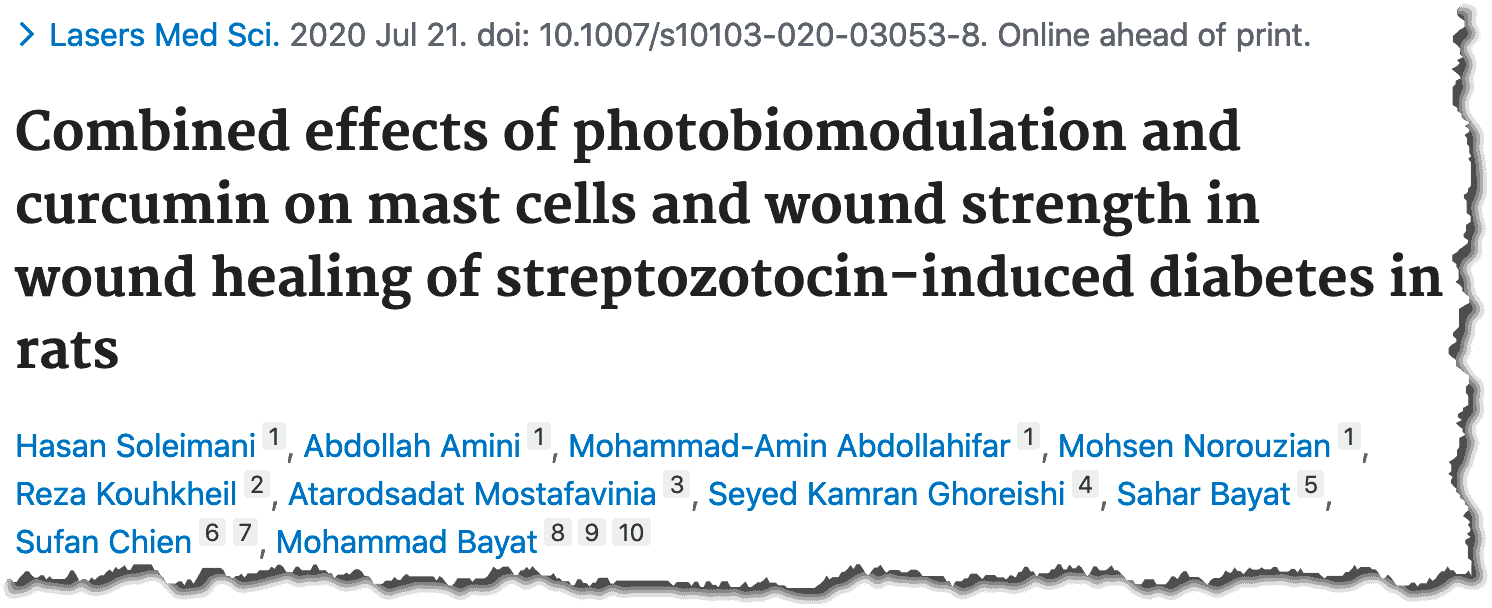
A 2020 study by Soleimani et al. has shown how combining the popular treatment of photobiomodulation (red light therapy) and curcumin supplementation could significantly improve wound healing and reduce the number of mast cells.
Red light therapy is already known to improve wound-healing and prevent fibrosis.
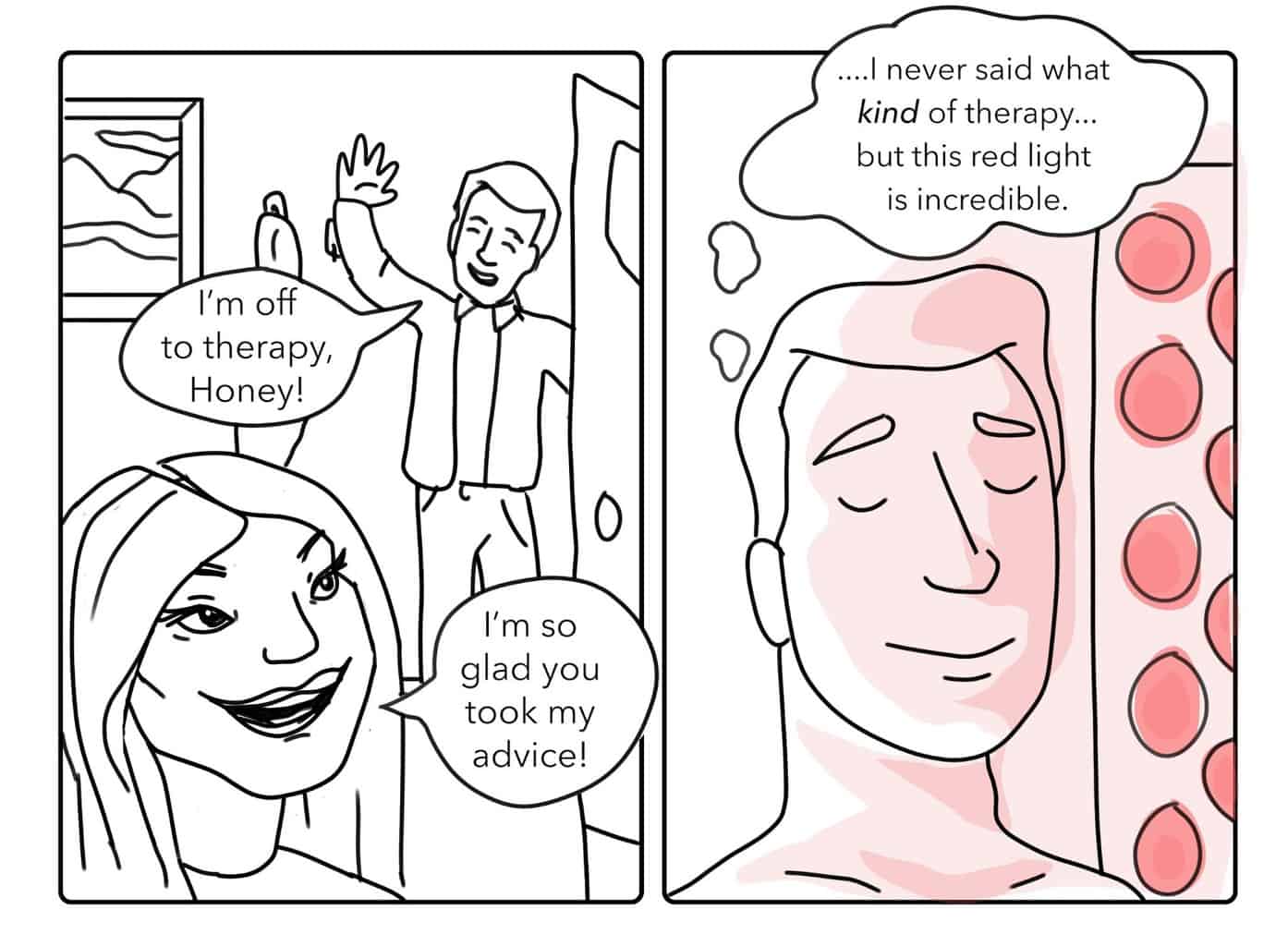
Combining this therapeutic approach with curcumin, which has itself been shown to have anti-fibrotic effects, is a very promising research topic with great therapeutic potential.
—-Important Message for Men—-
Check your member right now for fibrosis
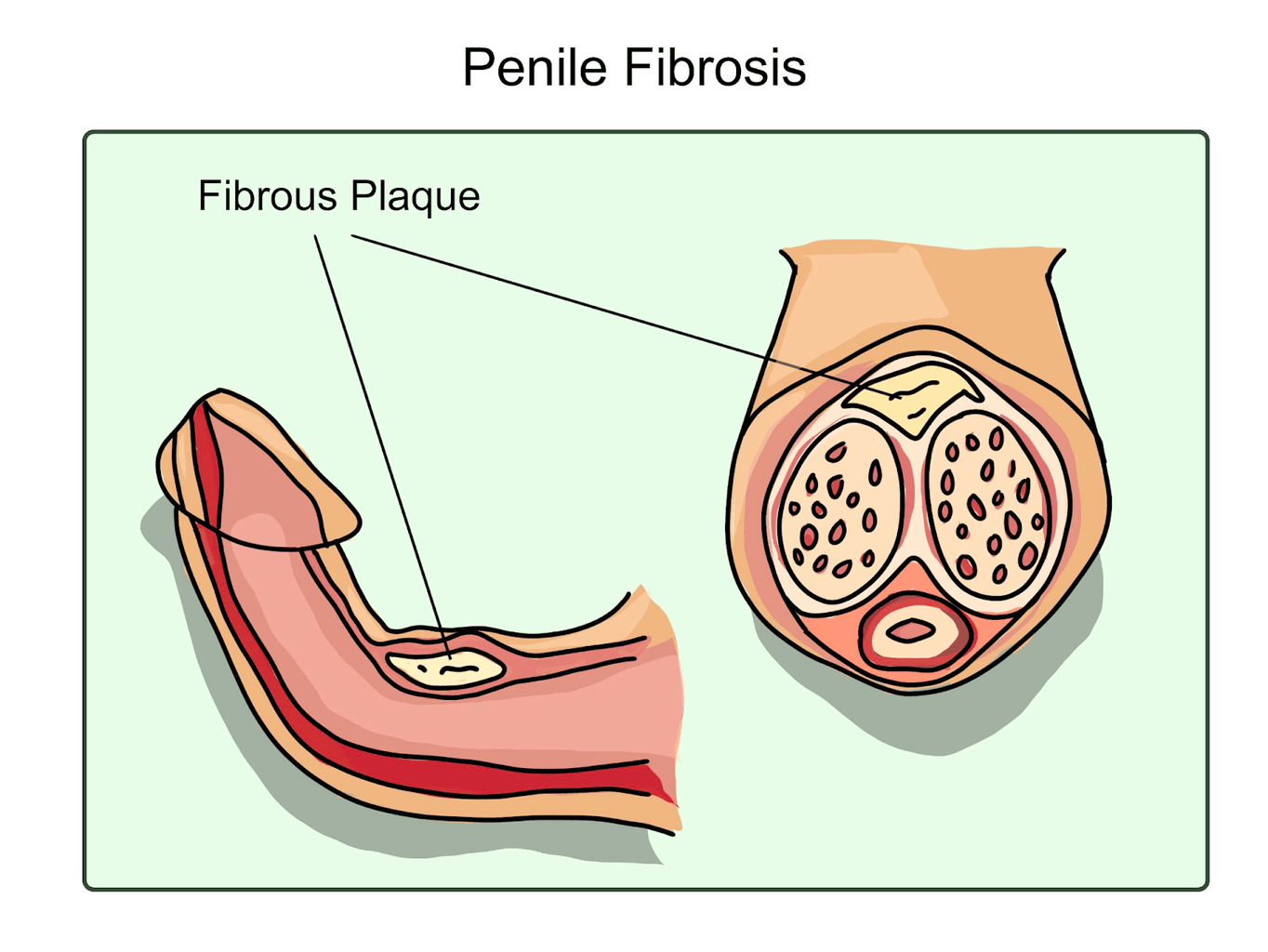
Some men have a bump, bend, or lump in their members.
You can feel yours now to see if you have one.
That’s fibrosis built up in the penile chambers, blocking off blood flow.
But here’s the thing — plenty of men won’t have this lump or bend…
But they’ll still have fibrosis.
Only severe cases result in bends, lumps, or curved members.
The good news is that penile fibrosis can be reversed, easily, using something as simple as a toothbrush…
———-

Metcalfe, D. D., Baram, D., & Mekori, Y. A. (1997). Mast cells. Physiological reviews, 77(4), 1033–1079. https://pubmed.ncbi.nlm.nih.gov/9354811/
Soleimani, H., Amini, A., Abdollahifar, M. A., Norouzian, M., Kouhkheil, R., Mostafavinia, A., Ghoreishi, S. K., Bayat, S., Chien, S., & Bayat, M. (2020). Combined effects of photobiomodulation and curcumin on mast cells and wound strength in wound healing of streptozotocin-induced diabetes in rats. Lasers in medical science, 10.1007/s10103-020-03053-8. https://pubmed.ncbi.nlm.nih.gov/32696423/
Kurup, V. P., & Barrios, C. S. (2008). Immunomodulatory effects of curcumin in allergy. Molecular nutrition & food research, 52(9), 1031–1039. https://doi.org/10.1002/mnfr.200700293
https://pubmed.ncbi.nlm.nih.gov/18398870/
Ray Peat (2015). Email correspondence with Danny Roddy.
Nugroho, A. E., Ikawati, Z., Sardjiman, & Maeyama, K. (2009). Effects of benzylidenecyclopentanone analogues of curcumin on histamine release from mast cells. Biological & pharmaceutical bulletin, 32(5), 842–849. https://doi.org/10.1248/bpb.32.842
Jiang ZY, Zou L, Shi SS, Lu YR, Dong J, Yang CH, Lu YC, Dai GK. [Effects of curcumin on TNF-alpha and TGF-beta1 in serum and lung tissue of SiO2-induced fibrosis in mice]. Xi Bao Yu Fen Zi Mian Yi Xue Za Zhi. 2009 May;25(5):399-401. Chinese. PMID: 19426594.
